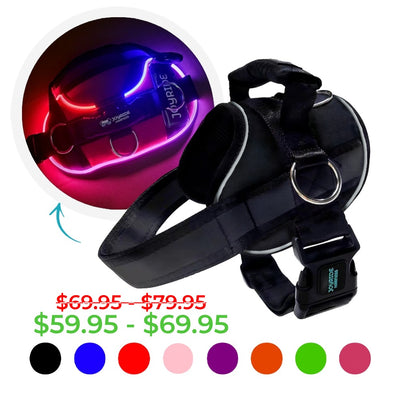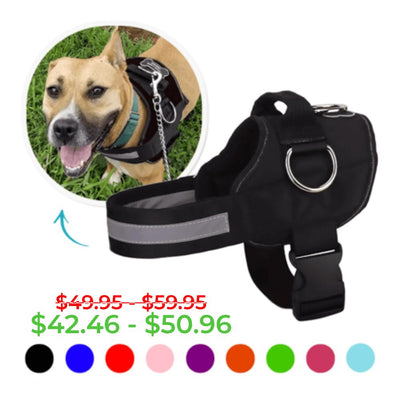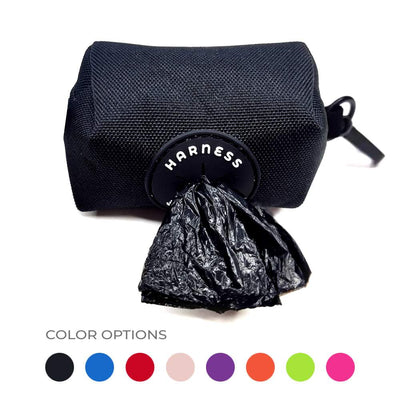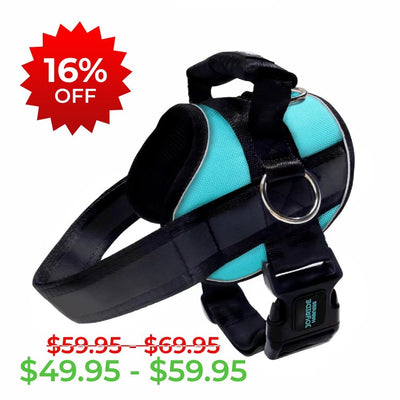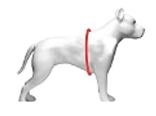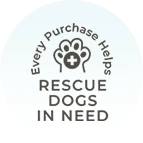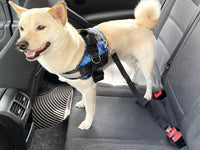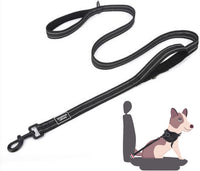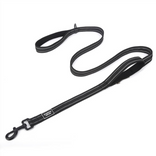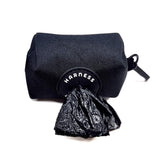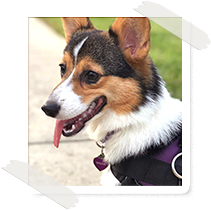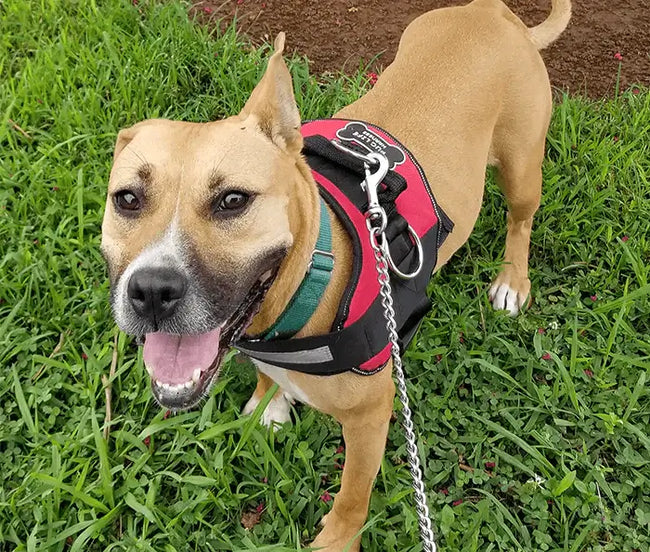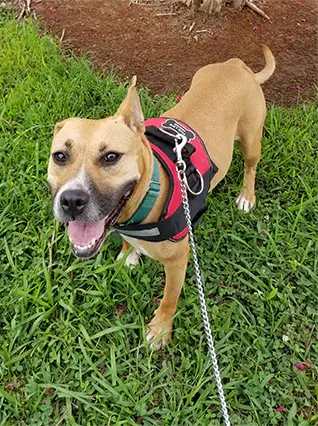What You Should Know About Dog Body Language

“His bark is worse than his bite.”
You’ve probably heard that phrase numerous times in passing encounters with others’ dogs.
Dogs are wonderful companions. We know them to be the best of friends to humankind, and we also know that they love unconditionally. But just like humans, no dog is the same. Each dog has their own temperament and their own idea of what is safe and comfortable to them.
If we want to do good by dogs, we should take the time to learn and become more aware of the signs of an uncomfortable dog. After all, there is a huge communication barrier.
Since they can’t communicate with us in our speaking language, we have to pay attention to the pitch and tone of their barks and pay attention to their body language.
But many people make the mistake of preemptively kneeling and putting their hands in front of dogs for them to sniff and suddenly becoming best friends. It’s all because they’re reading the room wrong.
If you want to make sure you’re “reading the room” correctly, here’s what you should know about dogs and their body language.
Happy Dogs
When a dog has a more relaxed posture and no signs of physical tension. Their mouth is open, panting even, and their tail wags. A dog exhibiting this body language is a happy dog.
Worried Dogs
Dogs that are anxious or worried are likely to show avoidance behaviors like avoiding eye contact. This is grouped with licking, tense body, and a low tail; often accompanied by whimpering sounds and a lifted paw.
Very Stressed Dogs
When dogs are incredibly stressed, they tend to cower and tuck their tails between their legs. They may also growl, snarl and bare their teeth. These dogs if pushed to the bring of stress might snap and bite.
What about Tail Wagging?
Oh, we can’t forget about tail wagging! Because tail wags get lost in translation all the time. Just because a dog is wagging their tail doesn’t mean they’re thrilled with what’s happening.
American Kennel Club (AKC) explained, “To interpret the dog’s emotions and intentions, look at the speed and direction of the wag as well as the position of the tail. Basically, the faster the wag, the more aroused the dog. Think about those long, slow, side-to-side tail sweeps your dog makes when greeting you — the type that wag the dog’s whole body. That’s a relaxed dog. A faster twitch-like wag indicates a higher level of arousal and possibly in a negative way. Think of a guard dog on alert. The direction of the wag may hold clues as well. A recent study on tail-wagging showed that dogs tend to wag more to the right when they feel positive about something, like interacting with their owner.”
What you’ve just read is a sampling of blog posts we offer at Joyride Harness. We cover current events, informational posts, interviews, and more! You can find more content including tips and tricks and how-tos for caring for your dog on our blog at this section.

